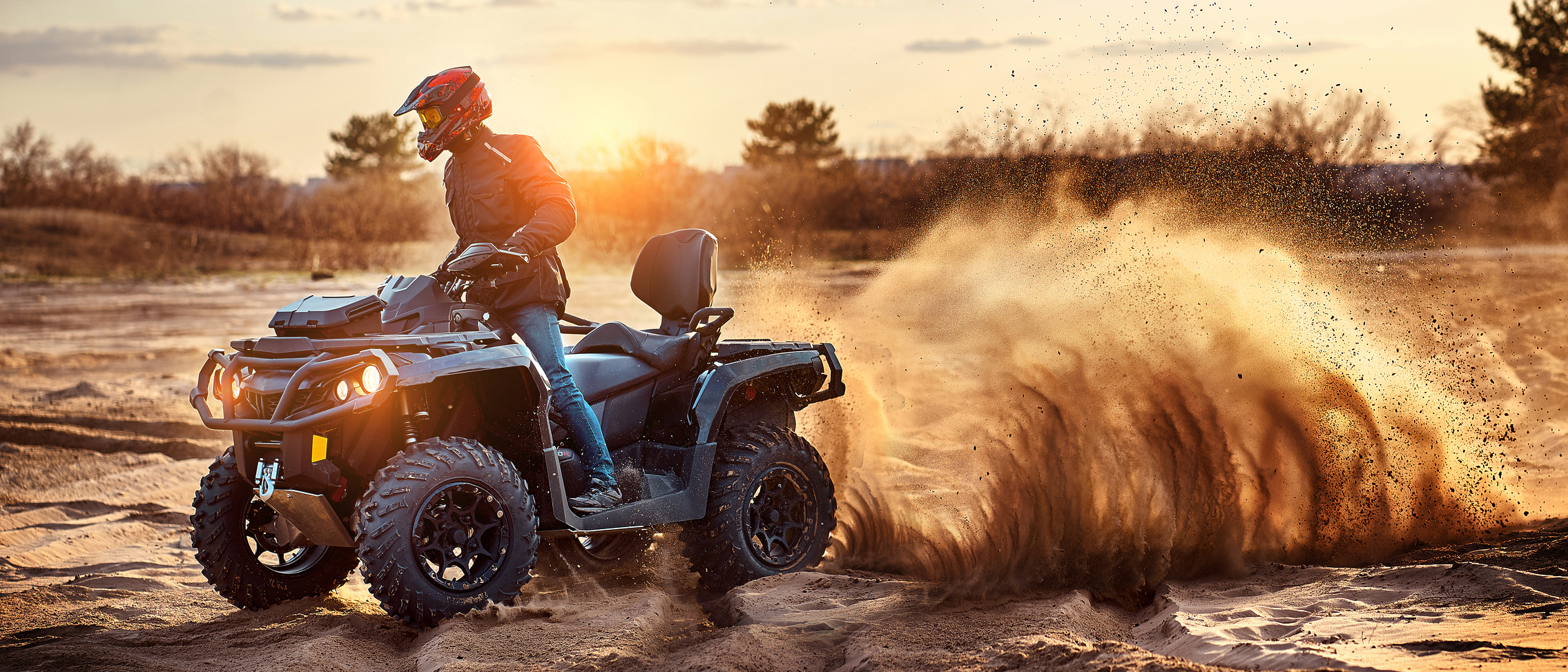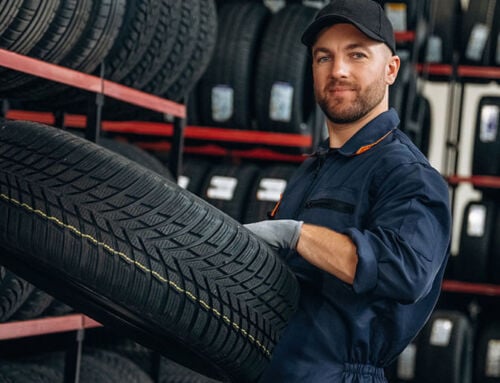All-terrain vehicles (ATVs) are popular for both fun and recreation, and in industries like oil, forestry, and agriculture, but they also carry serious risks. According to Statistics Canada, an average of 100 Canadians die in ATV-related incidents each year, with 85 per cent of those victims being male. Out of these, 45 per cent involve rollovers or flips – the leading fatal event type. Other causes include collisions with stationary objects (16 per cent), ejections (12 per cent), and collisions with moving vehicles (7 per cent).
More recently, the Ontario Provincial Police (OPP) reported 26 fatalities in 2023, and by mid-2024 the count had already reached nine deaths – more than double the same period in 2023.
These recent figures underscore the urgent need for strong company ATV-safety policies, especially when operating in remote regions or outdoor work zones.
Employer responsibility: ATV training
Proper training helps prevent incidents caused by inexperience or poor judgement. Businesses should mandate ATV safety policies and ensure proper certification regardless of experience, especially when operating in remote or unfamiliar environments.
In Canada, ATV safety training is offered through various programs. The Canadian ATV Safety Institute (CASI) has partnered with the ATV Safety Institute (ASI) and the Canadian Off-Highway Vehicle Distributors Council (COHV) to offer the CASI ATV RiderCourse, available in B.C., Alberta, Manitoba, Ontario, Nova Scotia, New Brunswick, Newfoundland, and P.E.I. In addition, the Canada Safety Council offers ATV rider training operated by CSC-certified instructors.
Most of the provinces also offer safety handbooks, videos, and toolkits that can be referenced, such as Ontario’s Smart Ride Safe Ride and Alberta’s ATV Safety Toolkit.
Helmets and PPE
A helmet is perhaps the most important piece of personal protective equipment (PPE) for ATV operators. It is crucial to emphasize that helmets should be worn at all times, not just on public roads but also on gravel roads. This ensures maximum safety for all riders. Wearing a helmet can lower the risk of death by 42 per cent and reduce non-fatal head injuries by 64 per cent. Despite this proven protection, a significant number of fatalities still involve riders without helmets.
There are two main types of helmets: full face (which completely covers the face and chin) and open face (which only covers the head and chin). The ATV Safety Institute recommends that riders wear a DOT- or Snell-approved helmet, along with gloves, boots, eye protection, and long pants. It’s also important to select gear suited to the terrain and task like motocross chest protectors or knee guards for rugged environments.
For businesses, it’s important to provide this gear and make its use mandatory, especially when employees are riding in unfamiliar or hazardous terrain.
Impaired driving risks
Alcohol and drugs contribute to roughly half of all ATV fatalities in Canada. It’s critical that businesses enforce zero-tolerance policies and ensure operators are sober and alert before using an ATV. This aligns with the Criminal Code of Canada, which treats impaired off-road driving the same as operating a car under the influence.
Trail safety awareness
Riders should be reminded to stay alert for closed-off or restricted areas on trails. Always be alert for unexpected obstacles like unmarked gates, repair chains, or temporary barriers, especially in rural or wooded trails. These hazards can be hard to see in low light or high speeds and have led to serious or even fatal injuries. Visibility, caution, and adherence to designated trails are critical.
Passenger safety
Single seat ATVs are not designed to carry passengers. Improvised second seats or cargo boxes increase the risk of ejections and rollovers. Employers should provide two-up ATVs if passenger transport is necessary or implement buddy systems with separate vehicles.
Legal requirements and liability
ATV use on Crown land, gravel roads, or job sites can still expose a business to legal liability if an employee causes injury or property damage while on duty. Employers should ensure vehicles are registered and insured and confirm all riders understand applicable rules and employer expectations – both on- and off-road. For Ontario, operators must comply with the Ontario’s Off-Road Vehicles Act (ORVA).
Inspection and maintenance
Before each use, ATV operators should inspect tires, brakes, lights, and fuel levels. Any mechanical issues should be reported immediately. Businesses should maintain a documented inspection checklist and schedule regular servicing. Moreover, they should document inspection and servicing protocols for due diligence. This is not only a good operational practice but also helps support claims defensibility in the event of an incident.
Protect yourself with insurance
Even with safety protocols in place, ATV-related incidents can lead to costly outcomes such as injuries to operators or third parties, property damage near job sites or structures, and the risk of claims stemming from inadequate training, poor maintenance, or unauthorized use. To learn more about specific policy inclusions or exclusions , visit our Risk Services page or to learn more about how you can protect your business with insurance, visit our Commercial Auto Insurance page today.
This blog is provided for information only and is not a substitute for professional advice. We make no representations or warranties regarding the accuracy or completeness of the information and will not be responsible for any loss arising out of reliance on the information.






